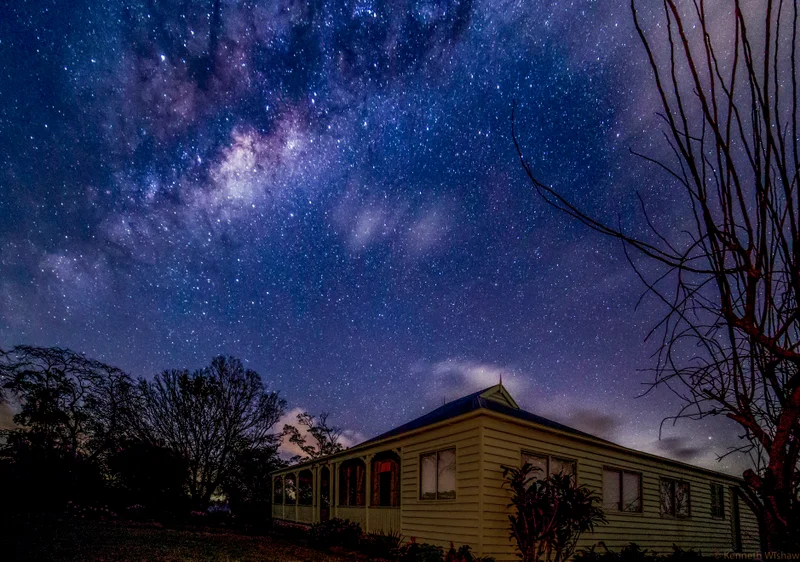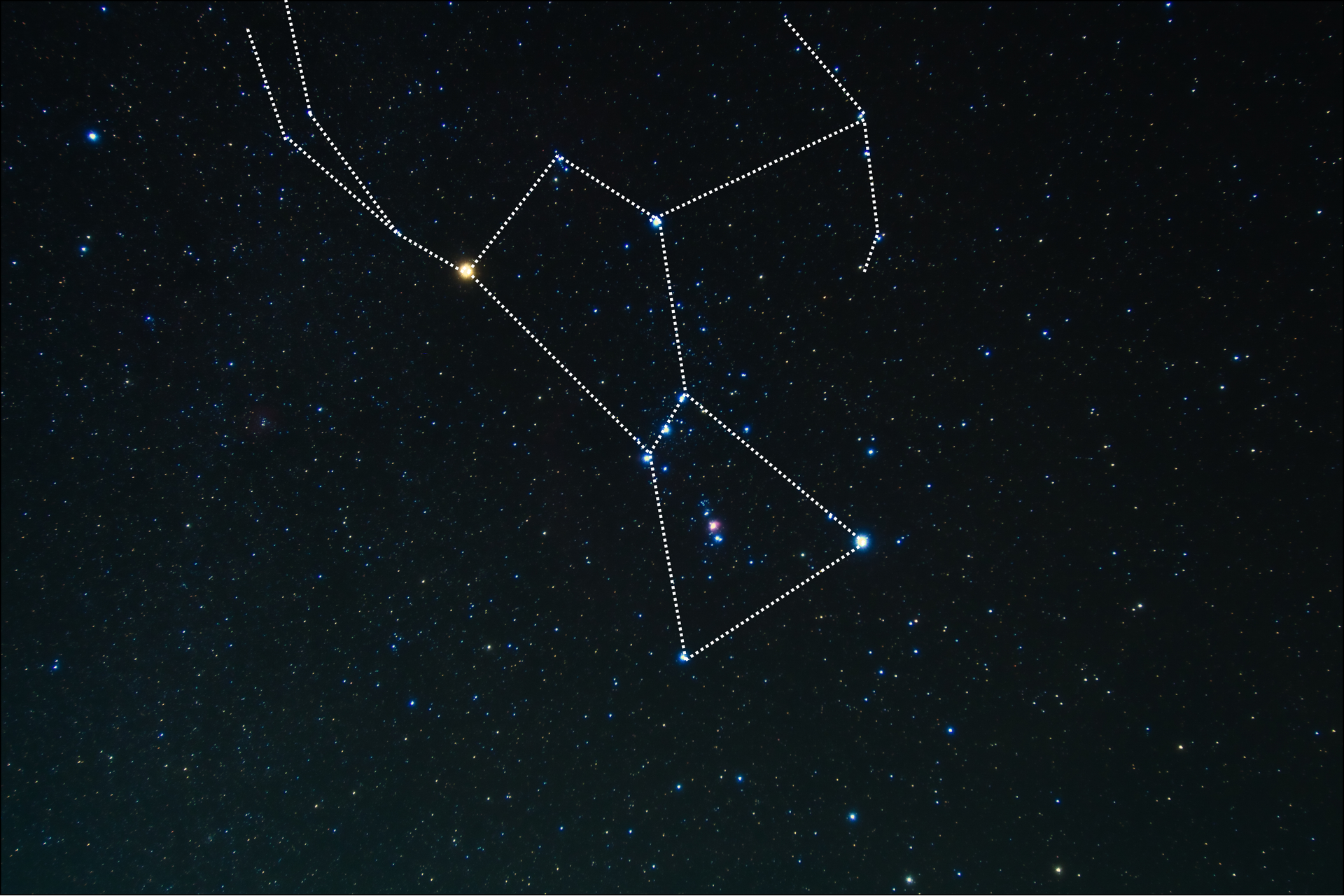Your stargazing guide for Earth Hour switch-off
Switch off and look up this Earth Hour, as communities all over the world turn off lights to reconnect with the natural world.

Credit Dr Ken Wishaw and Dr Paul Baker
Time to switch off and look up: stargazing is a free, fun and family-friendly way to reconnect with the natural world, the perfect way to spend your Earth Hour this year.
This Saturday, March 23, communities across the world will turn out lights between 8.30pm and 9.30pm to mark Earth Hour and reconnect with nature.
It’s a symbolic act: from its inception in Sydney in 2007, Earth Hour has grown into a worldwide demonstration supporting wider action for the environment beyond the hour. An added bonus of that iconic switch-off moment is a reduction in light pollution levels, making it the perfect time to switch off and look up to appreciate our night skies, especially in our region’s hinterland areas, where excellent night sky quality has been measured and where Sunshine Coast Council is proposing to establish a Dark Sky Reserve for our region.
The one limitation during Earth Hour will be the near-full moon reducing how well we can see stars, so mark your calendar for the next new moon (when there will be no moon visible at night) on April 9 to see the difference!
Weather permitting, there will still be plenty to see across our night sky on March 23.
The Milky Way and Southern Cross
The thick band of stars and star clouds arcing across the sky is the rest of our home galaxy, the Milky Way.
In the Southern Hemisphere we’re lucky to be more angled towards the centre of our galaxy, and as a result we see the Milky Way brighter and higher in the sky through much of the year.

You’ll also spot the iconic Southern Cross on the southern edge of the Milky Way.
Orion and the Saucepan
In the western sky, the constellation Orion, named after the mythological hunter, lies sideways with its “head” pointing north.

Look for the three stars forming a short line as the belt of Orion, with the red-tinted star Betelgeuse marking the archer’s right shoulder.
You may instead be familiar with this belt as the base of the Saucepan constellation, with the handle of the pan pointing away diagonally.

Look for Orion and the Saucepan early during Earth Hour, as it will be dipping toward the horizon and becoming less visible as the hour progresses.
Dogs of the night sky
Just above Orion, you’ll easily spot the brightest appearing star in our night sky: Sirius, also nicknamed the Dog Star.
It lies as the heart of the constellation Canis Major (from Latin, "Greater Dog").

To the right of Canis Major towards the northwest, another bright star marks the Canis Minor (“Lesser Dog”) constellation of just two stars.
Protecting our dark skies
Preliminary dark sky measurements show excellent quality night sky in areas around the Mary River Catchment, where Council is looking to establish a Dark Sky Reserve for our region.
Establishing a Dark Sky Reserve can help preserve our night skies and brilliant stars for the future.
A dark night sky with plenty of visible stars has benefits for community wellbeing, retaining character of hinterland areas, promoting astro-tourism for hinterland businesses and is also important to our native wildlife that need to move, feed or reproduce safely at night.
Sunshine Coast Council is proposing a Dark Sky Reserve encompassing 873 square kilometres in the Mary River Catchment and connected national parks, covering 38 per cent of the Sunshine Coast region.
Find out more about the proposed Dark Sky Reserve on Council’s website, and stay tuned to have your say on the proposal later in 2024.
Simple steps to reduce light pollution every day
You can help make every day Earth Hour for our dark night skies!
- Turn off lights and only use lighting when needed.
- Minimise unnecessary outdoor lighting.
- Switch to dark sky friendly warm-coloured light bulbs.
- Shield lights and direct light downwards.